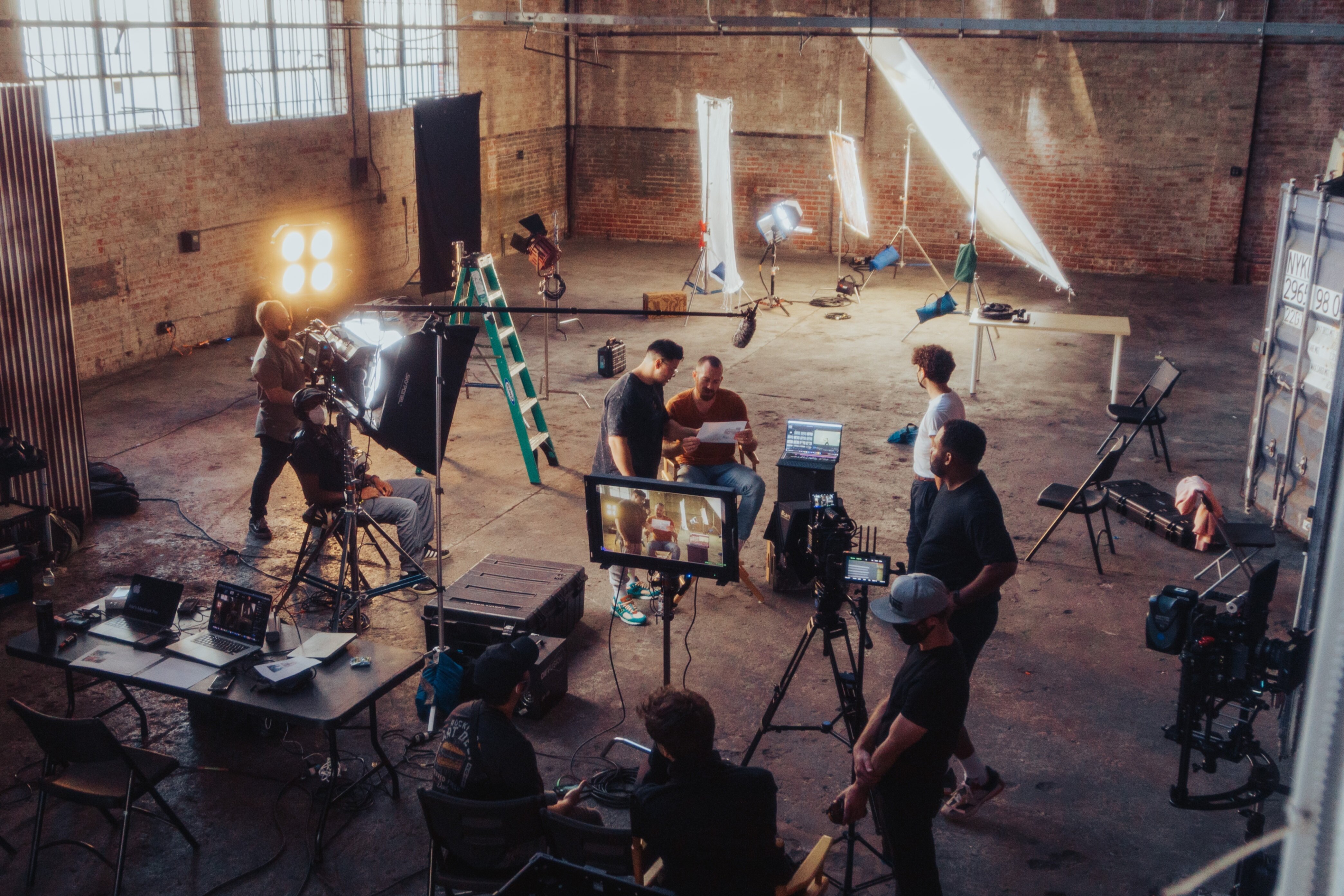How Windows 10's Video Upscaling Compares to AI-Powered Solutions in 2024

I've been spending a good amount of time lately looking at how we transform older video content for modern displays. It’s fascinating, really, to see the gap between what operating systems do automatically and what dedicated, often computationally heavy, solutions can achieve. When you pull up an old DVD rip or even some earlier digital downloads on a crisp 4K monitor, the difference is stark. The operating system, in this case, Windows 10, has built-in scaling mechanisms. These aren't magic; they rely on established interpolation algorithms designed primarily for speed and system resource management rather than pristine quality reconstruction.
What I want to unpack here is how those integrated tools stack up against the newer wave of video upscaling driven by machine learning models. We are moving past simple pixel duplication or bilinear smoothing, and the performance gap between the two approaches warrants a close examination. If you are serious about preserving visual fidelity when viewing legacy media, understanding these distinctions is key to knowing where to spend your processing cycles. Let's look at the mechanics involved in both scenarios.
Windows 10’s native scaling, which often gets employed when an application isn't handling the display scaling itself or when using certain legacy video players, typically defaults to variations of bicubic interpolation. This method examines the surrounding pixels—usually a 4x4 grid—to calculate the color and brightness values for the new, inserted pixels based on weighted averages. It’s fast because it’s mathematically straightforward, requiring minimal computational overhead even on mid-range CPUs or integrated graphics. The result, however, is often a noticeable softening of detail, especially around sharp edges, leading to a somewhat blurry appearance on high-DPI screens. Furthermore, this process is entirely blind to the actual content of the image; it treats an edge the same way it treats a patch of smooth sky, which is a major limitation when trying to maintain sharpness. I’ve observed that in motion, this can sometimes introduce subtle shimmering artifacts, particularly in areas with fine, repeating patterns like fabric textures or distant foliage. It’s a necessary compromise for a general-purpose operating system that must maintain responsiveness across millions of hardware configurations.
Now, contrast that with what we are seeing from dedicated AI-powered upscalers, which are rapidly maturing as of late. These systems, often running on dedicated GPU hardware, utilize neural networks trained on massive datasets of low-resolution and high-resolution video pairs. When an AI model encounters a low-resolution frame, it doesn't just average pixels; it predicts what the missing information *should* look like based on patterns it has learned over thousands of hours of training. This predictive capability allows these tools to intelligently reconstruct textures, sharpen edges without introducing excessive ringing artifacts, and even attempt to remove noise simultaneously with the upscaling process. I find the ability of these models to infer missing high-frequency detail, like the texture of brickwork or individual strands of hair, particularly impressive compared to the inherent blurriness of the built-in OS methods. The computational demand is significantly higher, naturally, requiring modern dedicated graphics cards to operate at a reasonable frame rate. It really comes down to whether you prioritize immediacy and low resource use, which Windows offers, or superior visual reconstruction fidelity, which requires specialized software and hardware investment.
More Posts from ai-videoupscale.com:
- →How Video Upscaling Performs on Windows 10 64-bit System Requirements and Performance Analysis 2024
- →7 Key Features of Modern Video Playback Software for Mac in 2024
- →Windows XP Media Player 11 A 2024 Retrospective on Its Legacy in Digital Entertainment
- →7 Key Features of VLC Media Player for High-Quality Video Upscaling
- →Numbers for Mac 132 Key Features and Compatibility with AI Video Upscaling Workflows
- →A Complete Guide to Ripping DVDs Using VLC Converting Legacy Media to Digital Format for AI Upscaling